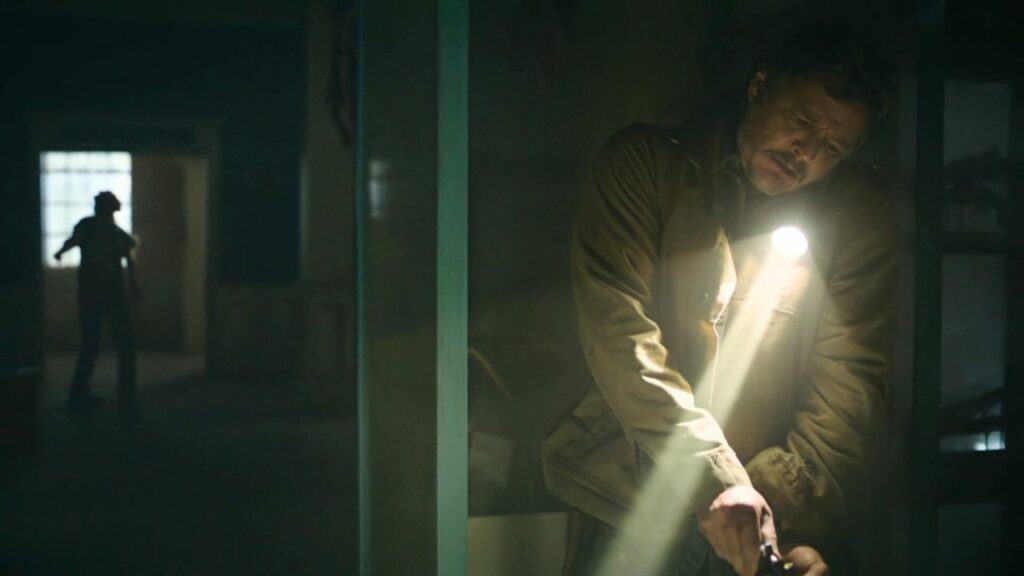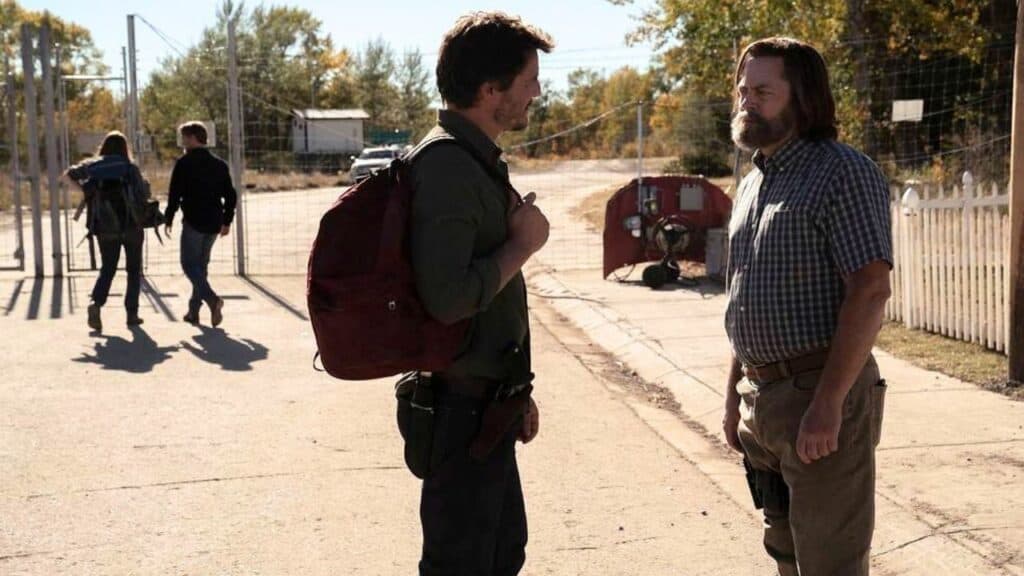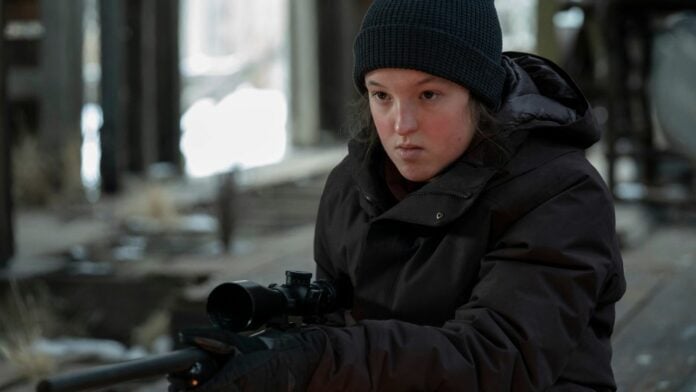In HBO’s The Last of Us, survival extends beyond mere endurance, blending realism with strategic acumen in a post-apocalyptic world fraught with danger and uncertainty.
HBO’s adaptation of The Last of Us, a story set in a post-apocalyptic world overrun by a fungal pandemic, is not only a tale of survival but a study in the realism and strategy of enduring such extreme conditions.
This article delves into the survival tactics employed in the series, exploring their realism and strategic significance.
The realism of survival in a pandemic-ravaged world
The Last of Us stands out for its realistic portrayal of survival in a world where societal structures have collapsed.
The series meticulously depicts the day-to-day struggles of its characters, from scavenging for food and supplies to finding safe shelter.
For instance, Joel and Ellie are often seen rummaging through abandoned buildings for resources, which reflects the actual difficulties one would face in such a scenario.
This attention to the practicalities of survival adds a layer of authenticity to the show, making the characters’ journey more relatable and their struggles more palpable.
Combat tactics against the infected
One of the critical aspects of survival in The Last of Us is dealing with the infected. The series showcases various strategies employed by the characters, combining stealth with outright combat.
Joel, with his experience and skills, often opts for a stealthy approach to avoid unnecessary confrontations, conserving resources and energy.

Scenes where Joel and Ellie quietly maneuver around Clickers — the series’ terrifyingly blind but acutely auditory-infected — highlight the importance of silence and patience in their survival strategy.
This stealth approach is juxtaposed with more direct combat situations, demonstrating a balance between caution and aggression necessary for survival.
Psychological survival: Coping mechanisms
Survival in The Last of Us is not just physical but also psychological. The series delves into the mental coping mechanisms the characters develop to endure the constant threat of danger and loss.
Ellie, for instance, uses humor and her interest in comic books as a way to cope with the bleak reality around her.
Joel’s emotional barriers, built after the loss of his daughter, serve as his way of protecting himself from further emotional pain.
The show effectively portrays how survival in extreme conditions extends beyond physical necessities to mental and emotional resilience.
Strategic alliances and trust
In the treacherous world of The Last of Us, forming alliances can be a crucial survival tactic, but it also requires strategic judgment and trust.
The series explores the dynamics of trust between characters, highlighting how alliances can be both beneficial and dangerous.

Conversely, encounters with less scrupulous characters underscore the risks involved in trusting others in a world where everyone is fighting for their survival.
Conclusion: A multifaceted approach to survival
In conclusion, The Last of Us presents a multifaceted approach to survival, combining realism with strategic planning.
The series not only focuses on the physical aspects of surviving in a post-apocalyptic world but also emphasizes the importance of psychological endurance and the complexities of human interactions.
Through its realistic portrayal of survival tactics, The Last of Us offers an immersive and thought-provoking look at what it takes to endure in a world forever changed by catastrophe.
Also Read: Comparing The Last of Us to other post-apocalyptic narratives

